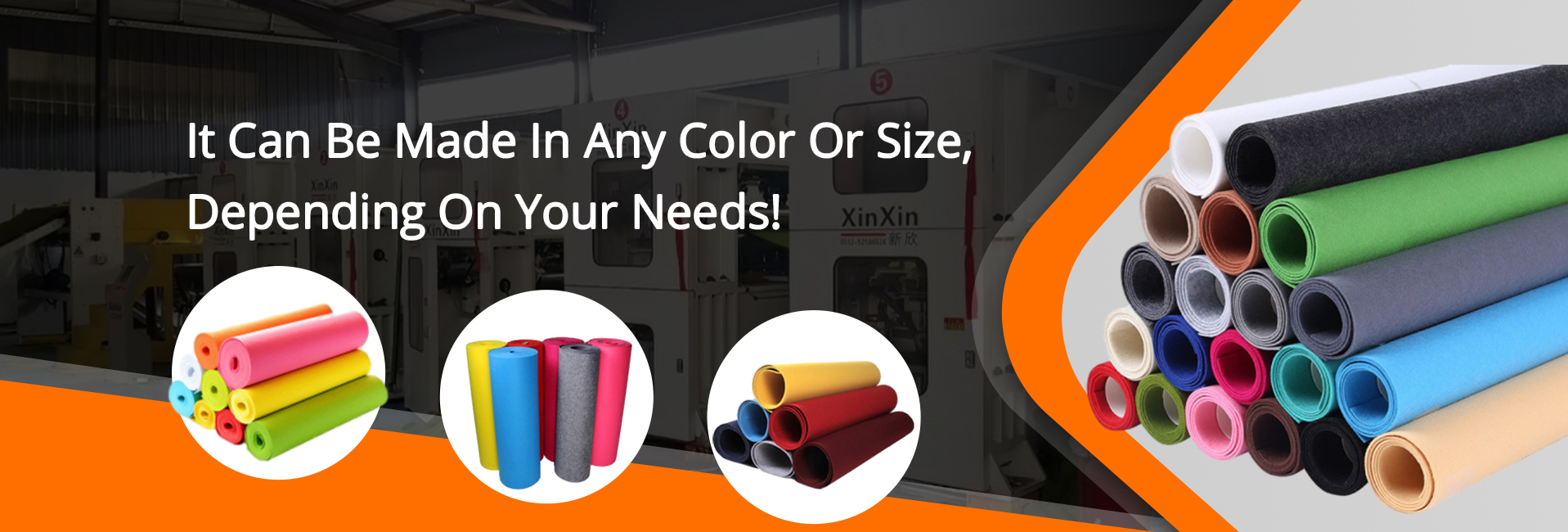wet felting supplies
The Essential Guide to Wet Felting Supplies
Wet felting is a beautiful and versatile craft that allows artists to create stunning pieces of art and functional items using fibers, primarily wool. This ancient textile technique requires a variety of supplies that are essential for achieving desirable results. Whether you are a beginner or an experienced felter, understanding the necessary materials can make your felting journey smoother and more enjoyable. In this article, we will explore the essential wet felting supplies to get you started.
1. Wool Roving
The cornerstone of any wet felting project is the wool roving. Roving is a long, continuous bundle of unspun wool fibers, and it comes in various colors, textures, and types of wool, such as merino, romney, or corriedale. Merino wool, for example, is renowned for its softness and fine texture, making it a popular choice for delicate projects. When selecting wool roving, consider the project's needs and the finished texture you desire. High-quality wool is fundamental for good felting results.
2. Felting Soap
Using soap is crucial in the wet felting process as it helps to lubricate the fibers, making them easier to manipulate and mat together. Special felting soaps are available, often infused with essential oils for a pleasant scent. However, you can also use regular, gentle soaps. The key is to ensure that the soap creates enough suds to facilitate the felting process without overly inhibiting the fibers from bonding.
3. Water
Water is one of the most essential supplies when it comes to wet felting. The temperature of the water plays a significant role in the felting process. Hot water generally helps to open up the wool fibers, allowing them to bond more easily, while cold water can be used to 'shock' the fibers and help the matting process. It’s recommended to have both hot and cold water options available to assist in different stages of felting.
wet felting supplies

You’ll need a flat surface for your working area along with absorbent towels that help remove excess water during the felting process. Ridges, such as a bamboo mat or a piece of bubble wrap, can be used to create friction and enhance the formation of felt. Placing your wool on a towel and rolling it up with the mat can create the necessary agitation to transform the roving into felt.
5. Mats and Boards
Having a sturdy mat or board to work on is essential for any felting project. A non-slip surface will help keep your fibers in place as you work through the wet felting process. A felting board made from foam can be particularly useful for finer details or for creating three-dimensional shapes.
6. Resist Material
For those looking to create more complex designs or three-dimensional felt objects, resist materials are necessary. Items like plastic sheets or foam can act as a block that prevents the fibers from felting together, allowing you to create pockets and structures. Understanding how to effectively use resist materials can enhance your wet felting projects significantly.
7. Other Tools
While not strictly necessary, a few additional tools can enhance your wet felting experience. Rubber gloves can keep your hands warm and protect them from soap, while a spray bottle can help control water usage while working on smaller details. A bubble wrap sheet can also be helpful for added friction during the felting process.
Conclusion
Embarking on a wet felting project can be a rewarding experience that unleashes your creativity and artistic expression. By gathering the essential supplies—wool roving, felting soap, water, towels, mats, resist materials, and a few additional tools—you'll set yourself up for success. Whether creating a beautiful scarf, a whimsical sculpture, or a striking wall hanging, the right supplies will help you in every step of your wet felting journey. Happy felting!
-
What Makes Felt a Great Choice?NewsNov.19,2024
-
Total Mixed Ration (TMR) Feed for CattleNewsNov.19,2024
-
The Ultimate Guide for Felt Polishing WheelsNewsNov.19,2024
-
Industrial Felt for Various ApplicationsNewsNov.19,2024
-
Felt Makeup Bags and Inserts BagsNewsNov.19,2024
-
Choosing the Right Hotel TowelsNewsNov.19,2024
-
Your Go-To Guide For Affordable Wholesale Wool FeltsNewsOct.31,2024







